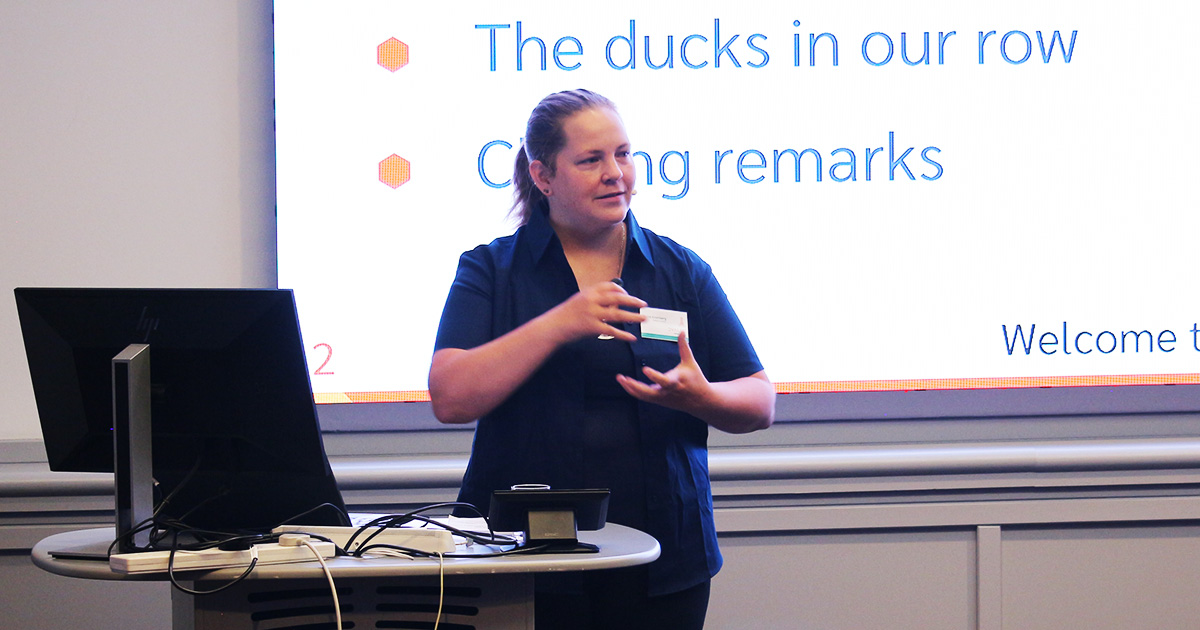 Martina started studying physics with the intention of specialising in Astrophysics. However, after her first linear algebra and analysis classes, she discovered that she found most enjoyment in the mathematical and theoretical aspects of physics. Following this discovery, she started a Master’s degree in statistical mechanics and computational physics, ultimately pursuing a PhD in computational materials science with a focus on the physics of complex systems.
Martina started studying physics with the intention of specialising in Astrophysics. However, after her first linear algebra and analysis classes, she discovered that she found most enjoyment in the mathematical and theoretical aspects of physics. Following this discovery, she started a Master’s degree in statistical mechanics and computational physics, ultimately pursuing a PhD in computational materials science with a focus on the physics of complex systems.
While finishing her PhD, Martina decided to leave academia. During her search for a job she came across APL and was intrigued by all the maths-like symbols. She soon discovered that APL allowed her to apply mathematical thinking to coding in a new, clean, and logical way that complemented her attitude to solving problems following a theoretical approach. Following this discovery, she applied for a role with Dyalog Ltd.
Martina has a passion for exercising and the outdoors, and enjoys hiking and climbing. She like to spend her holidays travelling betweens huts on top of mountains or hiking along cliffs near the sea, trying to compensate for the lack of mountains in Denmark (where she is currently living).
When not doing sports, she also enjoys cooking, in particular carbohydrate-based dishes such as freshly made stuffed pasta, pizza and sourdough bread (according to the Italian stereotype, although fellow Italians might not be happy that she genuinely enjoys pineapple pizza!). She also devotes time to taking care of the 48 plants she has in her apartment, engaging in an endless war against all sort of bugs and plant diseases.



 Follow
Follow As usual, the Dyalog user meeting opened with presentations by the CEO and CTO, who provided statements of direction for our technical and marketing activities. As mentioned in
As usual, the Dyalog user meeting opened with presentations by the CEO and CTO, who provided statements of direction for our technical and marketing activities. As mentioned in 

